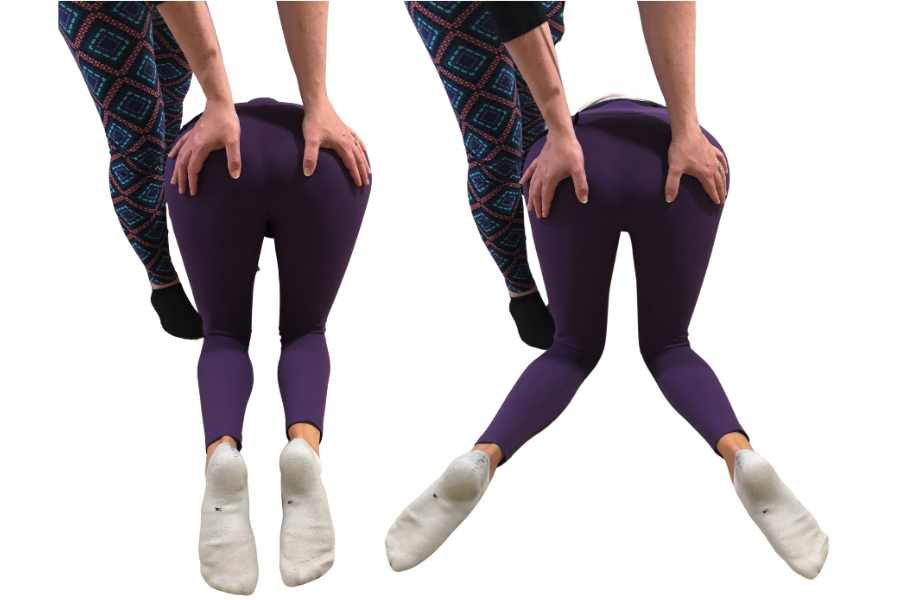Motions of the Pelvis for Birth
Motions of the Pelvis for Birth
As a practitioner working with pregnant clients, we need to understand the motions the pelvis goes through for a baby to be born vaginally. Understanding these pelvic motions helps us evaluate and ensure our client’s body, mainly the pelvis, is ready for birth, and we can facilitate an appropriate opening for the baby’s passage. Our focus is on increasing the diameter of the pelvic inlet to start the birth process and then increasing the pelvic outlet to help the baby come on out.
Opening the Pelvic Inlet
The opening at the top of the pelvis is called the pelvic inlet. The iliac crests need to move laterally for this opening to widen, and the ischiums at the bottom move medially. The sacral base, closest to the lumbar spine, needs to go into extension or move posteriorly, which causes the coccyx to move forward. The pubic bones will widen slightly as the baby’s head enters the pelvis.
To encourage this motion early in labor, instruct your laboring clients to do a posterior pelvic tilt, tucking the bottom under and lifting up on their pregnant belly. Doing this in a standing position will allow gravity to help get the baby into the pelvis.
The pelvic inlet widens until the baby’s head enters the pelvis far enough to contact the pelvic floor muscles. These muscles are located in the pelvis at the level of the ischial spines. When the baby’s head encounters the pelvic floor muscles, that signals the pelvic bones to change their direction and facilitate the widening of the pelvic outlet.
Widening the Pelvic Outlet
The pelvic outlet is at the bottom of the pelvis and includes the ischiums and the tailbone. To widen the pelvic outlet, the iliac crests need to move slightly medially while the ischiums widen laterally. The sacrum moves into a flexed position which causes the coccyx to move posteriorly to widen the outlet. The pubic bones compress slightly in this position.
To facilitate this motion, the laboring client needs to do more anterior tilts of their pelvis, thinking about sticking their butt out backward and lifting their tailbone behind them. Adding an internal rotation of their legs will widen the ischiums even more, which might be the extra room needed to help the baby come out.
Special note for hospital births with the use of epidurals:
Have the laboring client on their back with their legs bent up, knees pulled back out to the side, and a posteriorly tilted pelvis with external rotation of the legs, is the exact opposite to widen the pelvic outlet.

